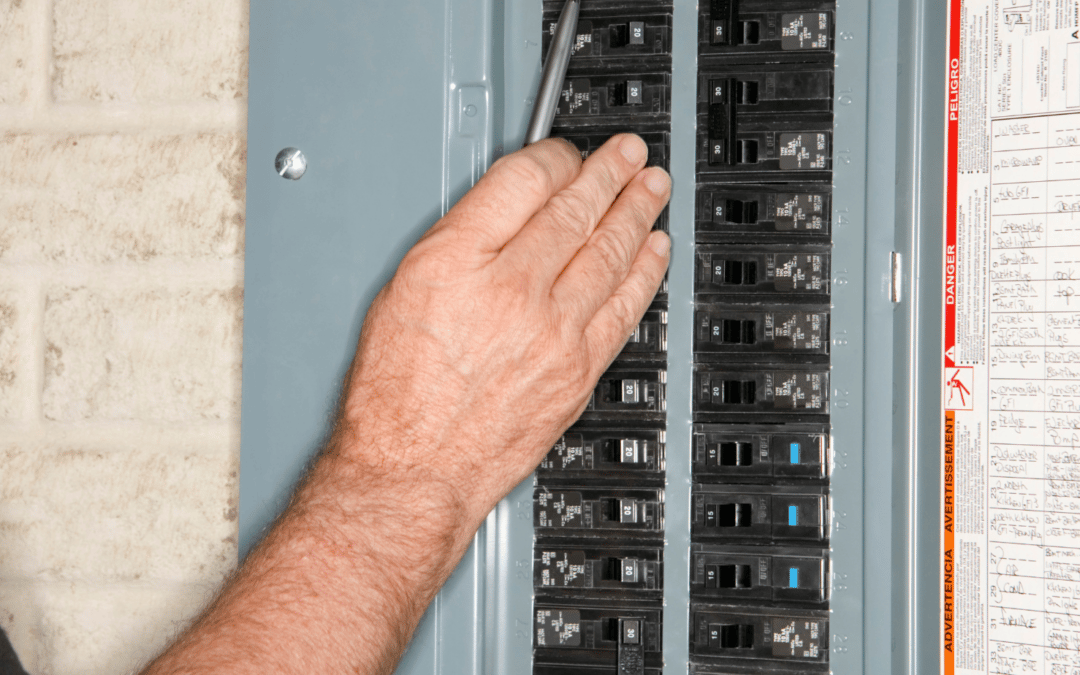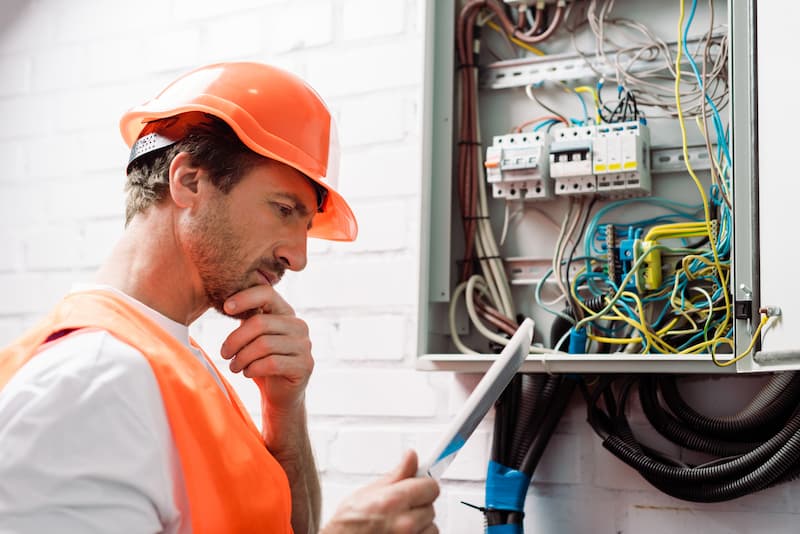Navigate regulations through trusted regulatory compliance assistance.
Wiki Article
Top Tips for Effective Electrical System Troubleshooting
Repairing electric systems calls for a systematic technique, grounded in a thorough understanding of electric concepts and safety procedures. By acquainting oneself with circuit components, utilizing vital tools, and sticking to a structured assessment method, experts can successfully identify and resolve problems. However, the subtleties of effective troubleshooting extend beyond plain technical knowledge; comprehending exactly how to document findings and focus on security can significantly affect end results. As we discover these vital components even more, it comes to be clear that grasping this process is not just beneficial but crucial for success in the field.Understand the Fundamentals
Understanding the fundamentals of electric systems is important for efficient troubleshooting, as a solid structure enables technicians to identify and resolve issues a lot more successfully. A thorough understanding of electric principles, such as voltage, current, resistance, and power, is crucial in identifying the origin of troubles. Voltage is the electrical possible distinction that drives present via a circuit, while resistance opposes the flow of current, impacting the overall functionality of the system.Familiarity with circuit components, including resistors, capacitors, diodes, and switches, is also critical. Each part plays a distinct role in circuit behavior and can impact performance when malfunctioning. Furthermore, recognizing series and parallel circuit configurations is crucial, as these setups influence the distribution of voltage and present within the system.
In addition, understanding of safety and security procedures is vital. Professionals need to be aware of prospective dangers, such as shock and brief circuits, to apply safe troubleshooting techniques. By mastering these foundational principles, technicians boost their capability to carry out reliable diagnostics and repair services, inevitably causing enhanced performance and reliability of electrical systems. This fundamental understanding is the foundation of effective repairing ventures.
Gather Necessary Tools
Reliable troubleshooting of electric systems needs the right collection of devices to detect and solve problems precisely. Vital devices include a multimeter, which measures voltage, existing, and resistance, allowing for specific analyses of electrical components.In addition, shielded hand tools such as screwdrivers, pliers, and wire strippers are essential for securely adjusting electric connections. It is additionally suggested to have a circuit tester available to validate the presence of voltage in electrical outlets and cords. For even more complicated systems, a thermal imaging video camera can aid spot overheating elements, showing prospective failures.

Adhere To an Organized Method
Having actually gathered the proper tools, the next action in troubleshooting electrical systems is to follow a methodical strategy. A systematic strategy guarantees that technicians can recognize faults efficiently and accurately, lessening downtime and avoiding unnecessary repair services.Begin by examining the system's schematic layouts and specs. Understanding the design and operational criteria will certainly offer context for identifying concerns. Next, separate the problem area by utilizing a process of removal. This includes monitoring each component methodically, beginning with the power source and working in the direction of the load.
Make use of screening devices, such as multimeters and oscilloscopes, to gather unbiased information regarding voltage, current, and resistance at different points within the system. This empirical proof will certainly assist your troubleshooting efforts and assist to validate or eliminate potential root causes of failure.
Furthermore, consider ecological factors that may affect the system's efficiency, such as temperature changes or dampness access. An extensive examination of wiring, links, and components will guarantee that all opportunities are represented.
Paper Your Findings
Complete documents is crucial in the repairing process of electric systems. Precise records boost the efficiency of determining recurring concerns and promote communication among team participants. Each searching for ought to be diligently kept in mind, including signs and symptoms observed, examinations performed, and the results navigate here of those tests. electrical system troubleshooting. This practice not just aids in understanding the origin of the problem however also offers as a recommendation for future repairing initiatives.
Additionally, maintaining a log of parts changed or repairs performed is important. This information supports stock administration and can aid evaluate the long life and integrity of details parts.
Ultimately, the documentation process should be thorough yet concise, enabling simple retrieval and evaluation - electrical system troubleshooting. By prioritizing comprehensive documents, technicians can develop an important expertise base that not just help in present troubleshooting yet additionally encourages future upkeep initiatives, therefore enhancing overall system dependability

Prioritize Precaution
Identifying the fundamental risks associated with electric systems is critical for guaranteeing security throughout troubleshooting. Electric shock, burns, and tools damages are just a few of the potential risks that pop over to these guys specialists face. Prioritizing safety measures is not just a legal commitment but additionally a moral critical that safeguards both the specialist and the surrounding atmosphere.Prior to starting any kind of troubleshooting job, technicians need to put on appropriate individual safety equipment (PPE), consisting of protected gloves, shatterproof glass, and flame-resistant clothes. Making certain that the job location is completely dry and cost-free of mess can significantly decrease the threat of mishaps. Additionally, it is crucial to de-energize circuits prior to starting any kind of work, verifying that they are not live with using a multimeter or voltage tester.
Establishing clear interaction procedures with group participants is also important; this makes sure that every person is conscious of prospective threats and the status of the electrical system being dealt with. Having an emergency response plan in location can confirm very useful in the occasion of an occurrence. By prioritizing precaution, professionals can successfully minimize threats and click resources foster a safer workplace.
Final Thought
Efficient electrical system fixing depends on an extensive understanding of essential principles and a systematic technique. By gathering necessary devices, sticking to methodical examination techniques, and meticulously recording findings, the fixing process becomes extra reliable and trustworthy. Prioritizing precaution ensures the health of individuals involved and the honesty of the electrical system. Implementing these strategies will certainly improve the fixing experience, leading to quicker resolutions and improved functional performance in electric systems.Report this wiki page